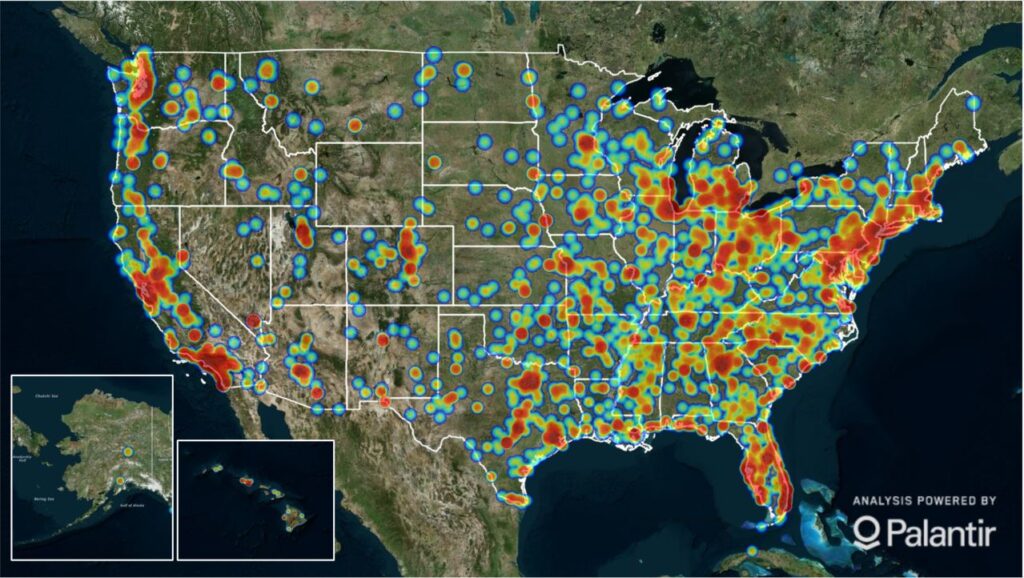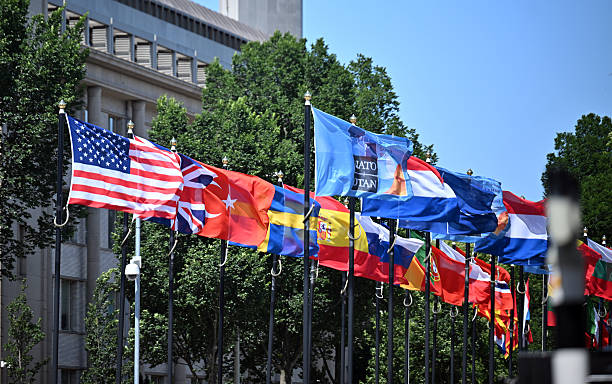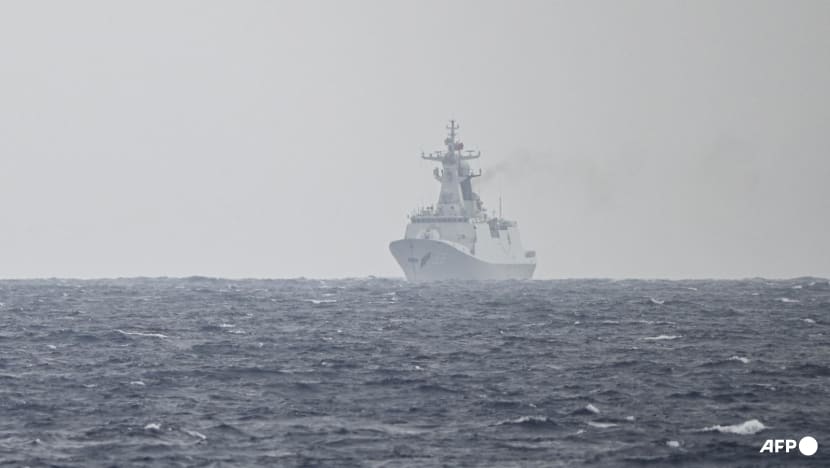The troublesome state of human trafficking
Human Trafficking is not a new or unheard of issue anywhere in the world.

According to International Labour Organization (ILO), a United Nations specialized agency based in Geneva, Switzerland, there are 5.4 victims of modern slavery for every 1,000 people.
The number that this amounts to is a total of nearly 40.3 million individuals.
This article includes some important statistics highlighting the current state of trafficking issues, both in the U.S. and internationally.
The Polaris Project
The Polaris Project, a 501(c)3 nonprofit dedicated to combatting human trafficking, says that they identified 22,326 trafficking victims and survivors just in 2019.
Polaris operates the Mexican and U.S. Human Trafficking Hotlines, the National Human Trafficking Referral Directory, and the Global Modern Slavery Directory.
Each component of the project is dedicated to fighting human trafficking, regardless of type. The project is primarily aimed at combatting sex and labor trafficking in North America.
Since the start of the U.S. Trafficking Hotline, Polaris has identified 63,380 situations of trafficking through that line alone. In 2019, the hotline saw an almost 20% increase in direct contacts from trafficking survivors compared to the year before.
According to Polaris, “Hearing directly from the person affected gives the Trafficking Hotline the best information and avenue to provide help.”
The information provided by survivors themselves has shaped the nonprofit’s operations. One decision based on this info is that it is up to the survivor’s wishes whether or not Polaris will contact law enforcement or take action on their behalf.
Of course there are limited exceptions to this rule, such as situations that involve children.
Around 75% of the victims the project has helped were trafficked for sex, while almost 25% were trafficked for labor. With the data from engaging with survivors, Polaris has identified the major risk factors associated with both types of trafficking.
Risk factors
The top five risk factors for being trafficked for sex are: substance use concerns, runaway homeless youth, recent migration/relocation, unstable housing, and mental health concerns.
For labor trafficking, the main factors are: recent migration/relocation, unstable housing, criminal record/criminal history, physical health concerns, and substance use concerns.
The factors leading to sex trafficking are relatively close in their likelihood to contribute to it actually occurring.
Conversely, the secondary factors that make labor trafficking likely are minimal in comparison to the primary reason, which is recent migration/relocation.
US States with the most and least trafficking cases in 2019
The top three U.S. states in terms of number of trafficking cases are California, Texas, and Florida, respectively.
California had a massive total of 1,507 cases in 2019. During this time, Texas had 1,080 and Florida had 896.
The states with the lowest number of cases were Vermont, Wyoming, and Rhode Island. Vermont only had 9 cases, Wyoming had 12, and Rhode Island had 14.
Notably, New Hampshire and Alaska were tied with only 15 individual cases, leaving them just behind the other less-impacted states.
What about trafficking now?
According to the Guardian Group, another nonprofit hoping to end human trafficking, only 4% of law enforcement agencies across the U.S. currently have dedicated human trafficking personnel.
Alongside this, Guardian’s statistics also state that less than 18% of law enforcement have any sort of training specific to human trafficking.
Law enforcement’s deficient engagement with the issue highlights a severe gap between the severity of the problem and the actual initiatives meant to combat it.
Another statistic from the group, showing the need for enhanced involvement with trafficking on behalf of law enforcement, is that 44% of victims reported that no one ever reached out and offered help to them.
This many people going unnoticed forces the assumption that the numbers from both Polaris and Guardian are incomplete representations, and that the issue is more prevalent than solved cases will show.
A glance at the global law enforcement data from the 2020 Trafficking in Persons Report compiled by the state department shows that the number of identified trafficking victims has risen in recent years.
For instance, in 2013 there were 44,758 victims identified globally, while in 2019, there were 118,932.
This shows that, regardless of the continued growth of efforts to combat trafficking in the U.S., the influence of traffickers across the globe remains far from minuscule.





.avif)
.jpg)
Conversation